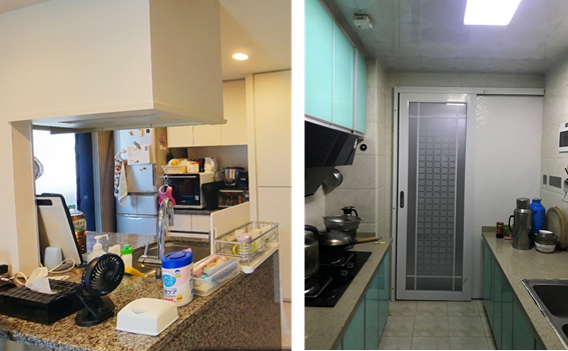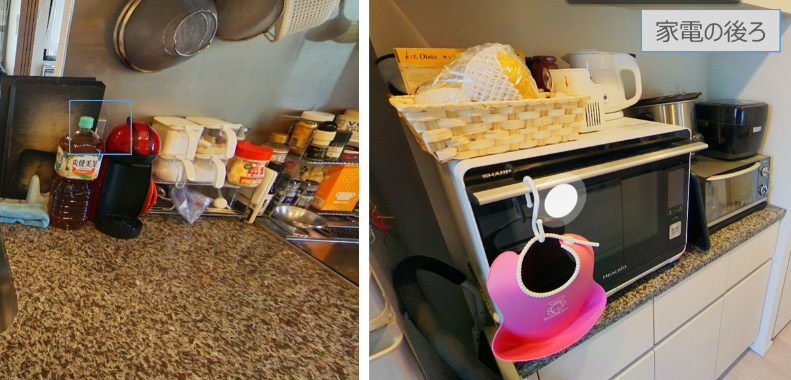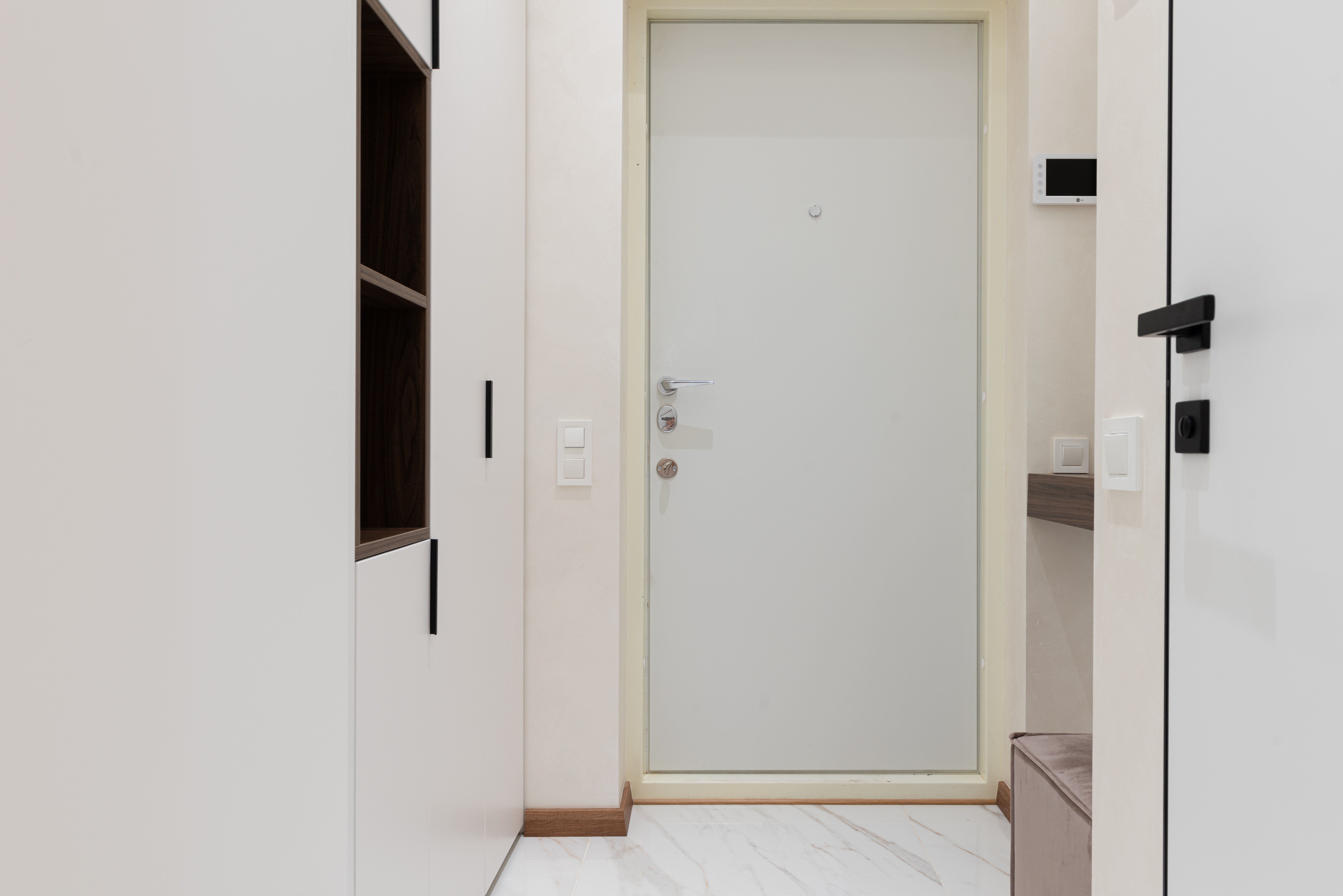[China: World Residence Tour] The entrance and refrigerator are the key to understand how do Chinese households use living room
- Release date: Nov 16, 2020
- Update date: Sep 05, 2025
- 15283 Views
Entrance doesn't stand out itself
Before introducing the living room and dining room, let's start with the entrance. You may be wondering why explanation of the entrance comes first prior to that of the living room, but the fact is that the differences in room layouts between Japan and China are already clearly visible from the entrance. The figure below is a layout diagram of a typical apartment-type home in Japan and Shanghai. In Japan, it is common to reach the living or dining room from the entrance via a passageway. But in China, the entrance is directly connected to the living room (as shown on the right) especially in properties built a while ago. Having a passageway or door between the entrance and living/dining room can play a big role in protecting privacy of dwellers, but it seems that for Chinese people privacy used to be not that a big issue back then.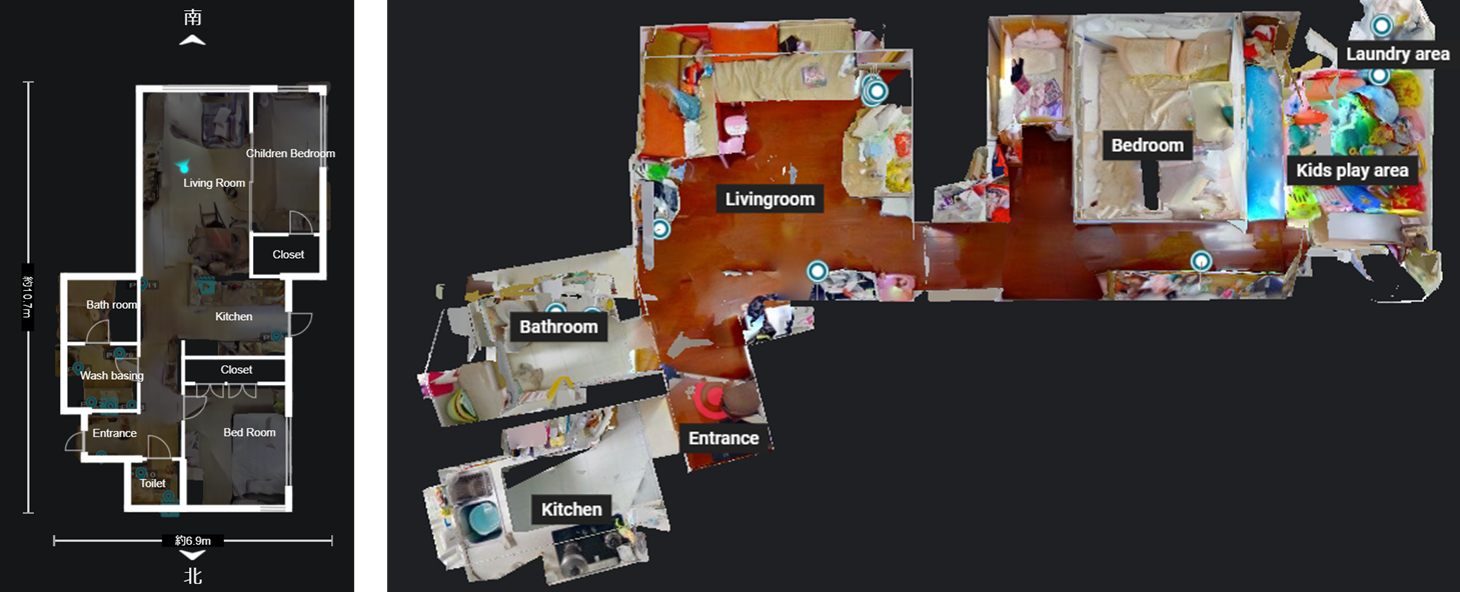
Typical layout of an apartment building in Japan (left) and China (right)
(Source:Consumer database (Consumer Life Panorama))
What is Consumer Life Panorama?
This is a website-type database that has accumulated visual data on more than 1,000 sei-katsu-sha from 18 countries around the world. The database includes many 3D models of living environments and 2D data of items owned by each sei-katsu-sha, and is useful for understanding overseas sei-katsu-sha, which is difficult to grasp using only letters and numbers.
Using visual data such as those cited in this column,
Compare the differences in the attributes of overseas consumers
To get a realistic understanding of the actual usage of each category
To understand the overall lifestyle of target consumers
etc., can be utilized as a “no-go” home visit survey.
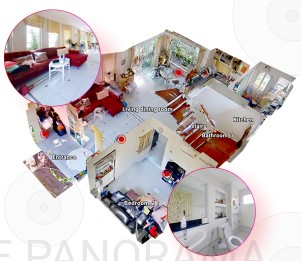
As a result, shoe storage has become an issue. Households that have enough indoor space often put a shoe box or shoe racks near the entrance, but in the old apartments, some people end up putting mats on the hallway where usually a common element of the building and put shoe racks next to the mats.
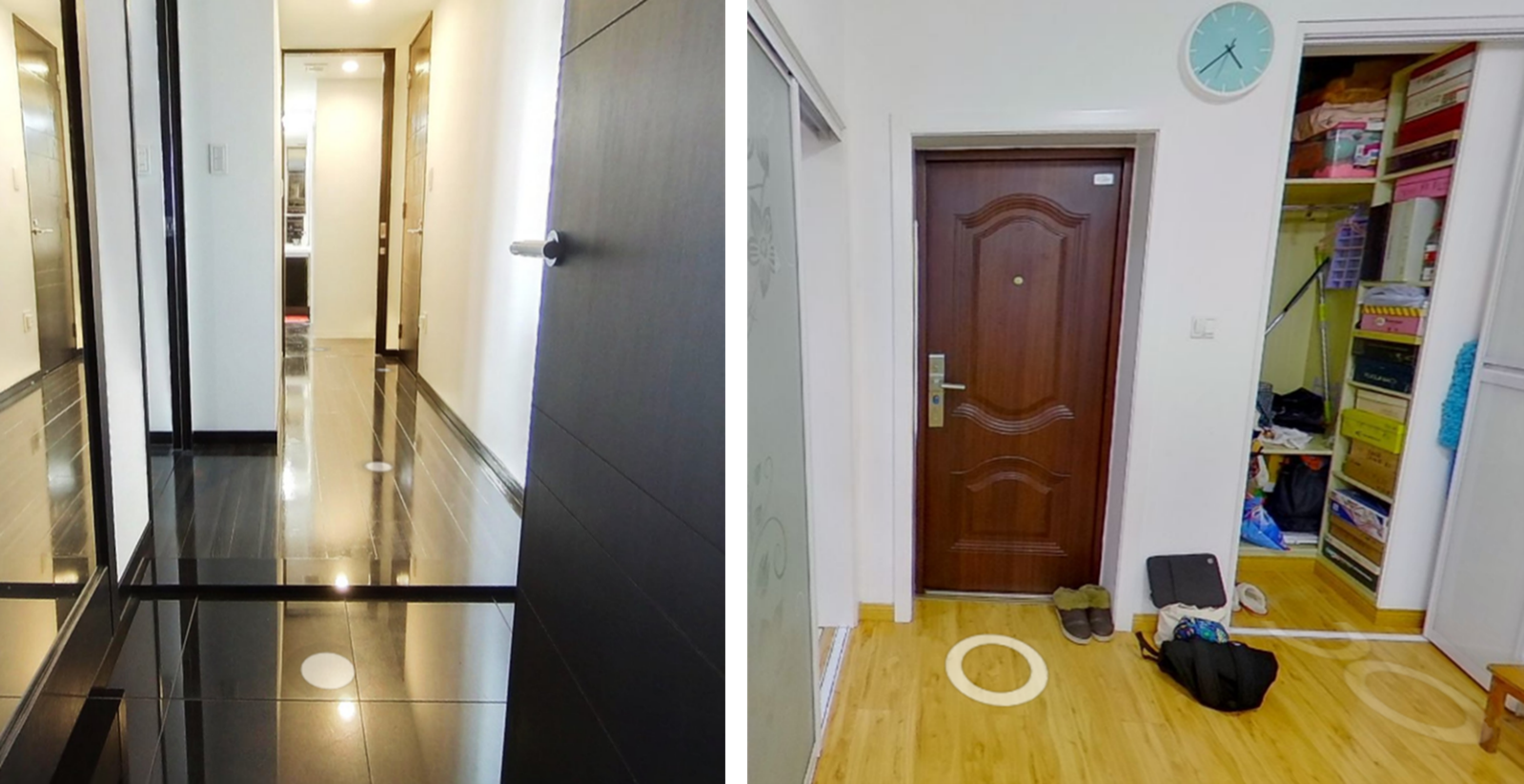
The entrance of a Japanese home (left) and the entrance of a Chinese home (right)
(Source:Consumer database (Consumer Life Panorama))
Chinese people’s lifestyles as seen through the location of refrigerators
The previous article regarding Chinese kitchen showed that how Chinese people insist on the importance of closed kitchens even if they sacrifice the kitchen space. After all, the refrigerators often get kicked out of the kitchen. However, some people put the refrigerator in the living room or dining room even if there is enough space in the kitchen. Why? That is because Chinese people use their refrigerator differently depending on their lifestyle. Generally, the following factors are taken into consideration when deciding a location of the refrigerator: "(1) Is there enough space and where is it?", "(2) Who will use it?", and "(3) What will it be used for?They can be categorized as follows.
1. Households that prepare their own meals frequently. The housemaker of the households mainly uses the refrigerator:
In such households, the refrigerator is often placed in the kitchen. In the refrigerator, ingredients and seasonings are the main and dominant items. However, if there is not enough space in the kitchen, they have no choice but to place the refrigerator in the living room. This usually results in a poor flow line for cooking.2. Households that do not cook their own meals frequently. The refrigerator is used by all family members:
In such households, the refrigerator is placed near the living room, where the flow of traffic is most concentrated, in order to accommodate the use of each family member. The refrigerator is often placed near the sofa where the family gathers the most, or near the dining table.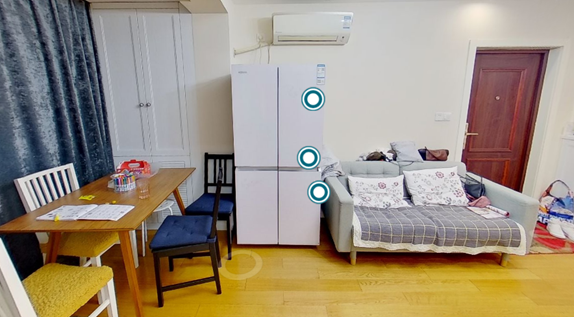
A refrigerator placed in the living/dining room
(Source:Consumer database (Consumer Life Panorama))
-

Author profile
Mr. Yang Yan
A Chinese researcher living in Japan, sharing the life styles of consumers overseas, mainly in China. At his parent’s house, a fridge is placed in their kitchen. Most of the time his mother takes control over what to put in the fridge.
-

Editor profile
Mr. Yusuke Tatsuda
He is in charge of creating the Global Market Surfer website, and recently he has been working from home, setting up a monitor in his dining room.
 Global Market Surfer
Global Market Surfer CLP
CLP
